Aging Population
The demographic shift towards an aging population in the GCC is a critical driver for the hospital bed market. As the population ages, there is an increasing prevalence of chronic diseases and conditions that require hospitalization. By 2025, it is estimated that the proportion of individuals aged 65 and older in the GCC will rise to 10%, leading to a higher demand for hospital beds. This demographic trend necessitates the expansion of healthcare facilities and the procurement of specialized hospital beds designed for elderly care. Hospitals are likely to invest in adjustable and ergonomic beds that cater to the specific needs of older patients, thereby enhancing their comfort and safety. Consequently, the hospital bed market is expected to benefit from this demographic transition, as healthcare providers adapt to the needs of an aging population.
Technological Integration
The integration of advanced technologies in healthcare is significantly influencing the hospital bed market. Innovations such as smart beds equipped with monitoring systems and automated features are becoming increasingly prevalent in hospitals across the GCC. These technological advancements enhance patient care by providing real-time data to healthcare providers, thereby improving response times and overall patient outcomes. The market for smart hospital beds is projected to grow at a CAGR of 15% from 2025 onwards, reflecting the increasing adoption of technology in healthcare settings. Hospitals are likely to prioritize investments in these advanced beds to remain competitive and meet the expectations of tech-savvy patients. As a result, the hospital bed market is expected to evolve rapidly, driven by the demand for innovative solutions that enhance patient care and operational efficiency.
Rising Healthcare Expenditure
The hospital bed market is experiencing growth due to the increasing healthcare expenditure in the GCC region. Governments are allocating larger budgets to healthcare, which is reflected in the rising demand for advanced medical equipment, including hospital beds. In 2025, healthcare spending in the GCC is projected to reach approximately $100 billion, indicating a robust investment in healthcare infrastructure. This trend is likely to drive the hospital bed market as hospitals seek to upgrade their facilities to meet the growing patient needs. Furthermore, the emphasis on improving healthcare services and patient outcomes is pushing hospitals to invest in high-quality hospital beds, which are essential for patient comfort and recovery. As a result, the hospital bed market is poised for significant growth in the coming years.
Expansion of Healthcare Facilities
The expansion of healthcare facilities across the GCC is a significant driver for the hospital bed market. As governments invest in building new hospitals and upgrading existing ones, the demand for hospital beds is expected to rise correspondingly. In 2025, the GCC region is projected to see the establishment of over 50 new hospitals, which will require substantial numbers of hospital beds. This expansion is driven by the need to accommodate the growing population and improve access to healthcare services. Furthermore, private sector investments in healthcare are also contributing to this trend, as private hospitals seek to enhance their service offerings. As a result, the hospital bed market is likely to experience robust growth, fueled by the increasing number of healthcare facilities and the subsequent demand for high-quality hospital beds.
Increased Focus on Infection Control
The heightened awareness of infection control measures is driving changes in the hospital bed market. Hospitals in the GCC are increasingly investing in beds that are designed with materials and features that facilitate easy cleaning and disinfection. This trend is particularly relevant in light of the ongoing emphasis on maintaining a sterile environment to prevent hospital-acquired infections. The market for antimicrobial hospital beds is expected to grow by 20% in the next few years, as healthcare facilities prioritize patient safety. Additionally, the design of hospital beds is evolving to include features such as removable and washable covers, which further enhance infection control efforts. Consequently, the hospital bed market is adapting to these new standards, with manufacturers focusing on producing beds that meet stringent infection control requirements.


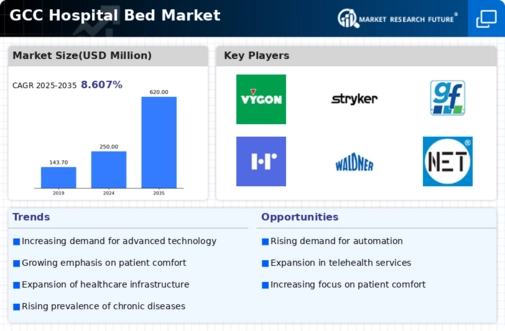
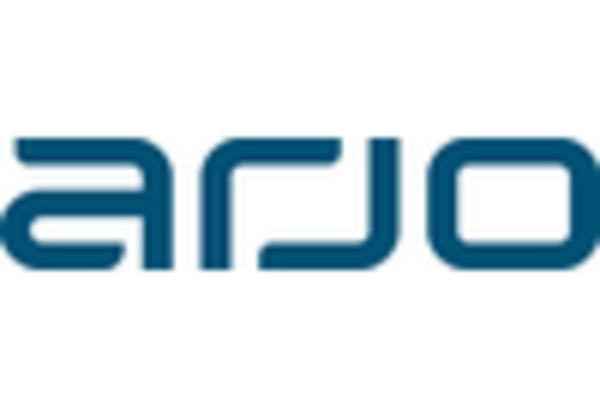
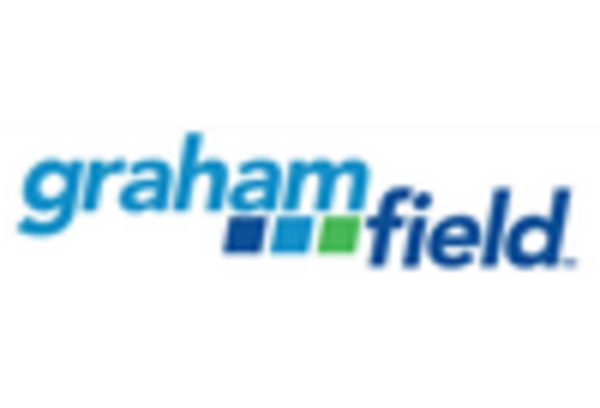

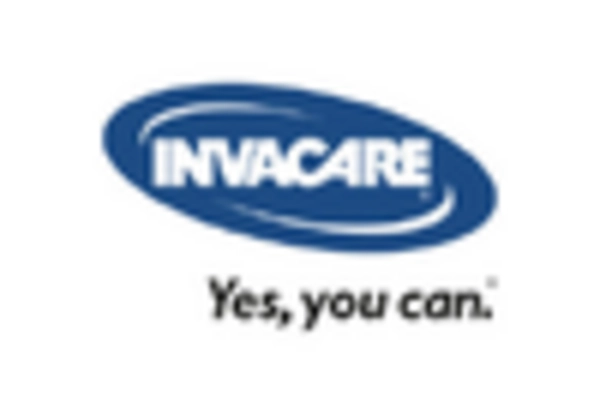
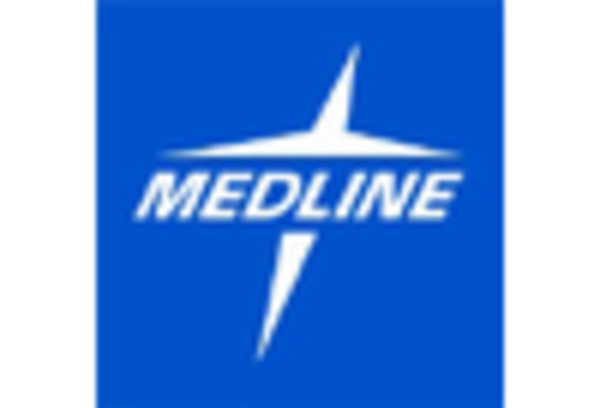









Leave a Comment